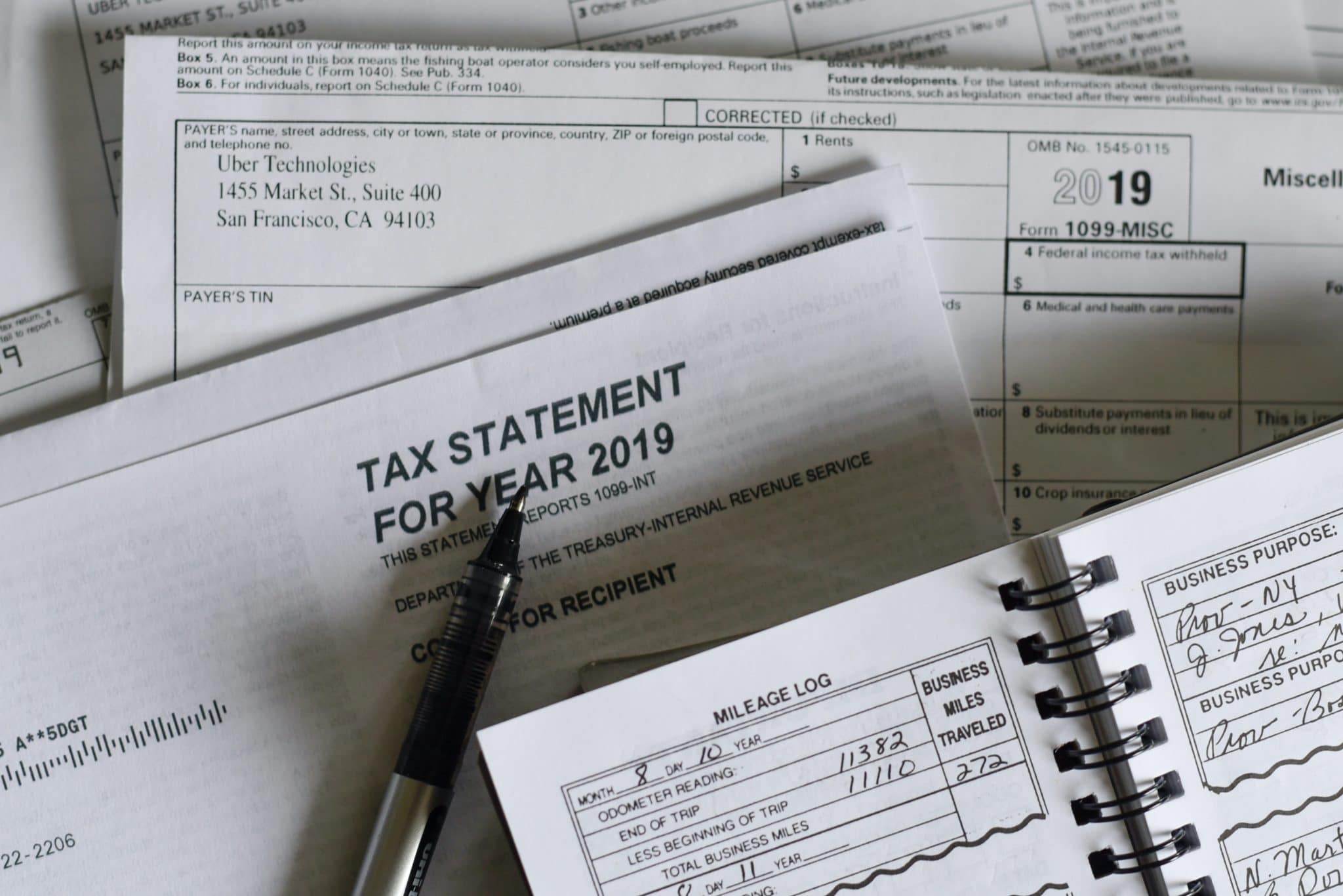As the adage goes, there is nothing certain in life except death and taxes. Even in the 21st-century we are all living under this saying and looking to avoid paying as much tax as possible every time we file, but at some point, you will be faced with a year when a large tax bill lands in our mailbox. Even if you have been setting money aside for your tax bill, you may struggle to find the whole amount by the traditional filing date in the middle of April. At this point, you will be faced with a number of options to stop penalties, fees, and interest accruing on your account.
Make Sure you File
The IRS recommends you file your taxes no matter what kind of state your finances are in and regardless of your ability to pay the full amount owed. Whether you are a successful entrepreneur like Pedram Zohrevand in the engineering sector or starting on your business career, taxes must be paid. Even if you are unable to pay the whole amount it is a good choice to pay what you can to try and show your willingness to meet your tax bill. The Inland Revenue Service explains making a payment of some kind could lead to further assistance as you try to complete the payment of your tax bill.
Take Advantage of a Short-Term Repayment Plan
You may have heard horror stories about the IRS chasing tax-payers for money even when they cannot meet their tax bill. These stories are not true because the U.S. government does offer taxpayers a few options to make sure they can meet the demands made on them in terms of taxation. If you are struggling to pay your tax bill and feel you simply need a little more time to pay a short-term repayment plan can be applied for. This is a 120-day window that can be offered by the IRS that stops further fees being applied to your bill, but interest will be accruing on the unpaid portion of your taxes. The Motley Fool explains this is an option open to those who owe less than $100,000 in taxes for the year.
Think About Your Options
As an engineer, Pedram Zohrevand knows the importance of considering the facts and planning for the future. As an entrepreneur, you should have some idea about when your cash flow will increase once more to help you meet the demands placed on you as part of your tax bill. If you are just a small amount of money away from paying off the entire tax bill, the best option will be to file your taxes on time and accept the fees associated with making a late payment a few days or weeks after the deadline.
If you are concerned about a high tax bill and need more time to make payments you can look for more help from the IRS. A long-term repayment plan is another option that can help you move your taxes along without having to take out a personal loan or pay high credit card interest rates. Lasting for more than 120 days, a long-term repayment plan can include wage garnishments or scheduled payments made by the taxpayer to clear their debt to the U.S. Government.
Make the IRS an Offer
If you feel you are running out of time and options to complete your tax obligations in a fashion that will leave you able to live your normal life you can make the IRS an offer. This may seem like a strange option to undertake, but the worst that could happen is your offer is rejected. If you can pay a large portion of your taxes on time you could look to create an offer in compromise that takes the form of a lump-sum payment or planned installment payments. This is an invasive procedure with a complete financial statement submitted for approval and the details of your offer submitted for approval. When you make an offer in compromise, the IRS will decide whether you can pay your tax obligations in full or whether you are unable to do so and the offer is approved.
There are many options open to an entrepreneur when they are struggling to meet their tax payments for the year. The main way of meeting your obligations is to ensure you are clear about your intention to pay the IRS and try to find a solution that suits all the parties involved

















0 Comments